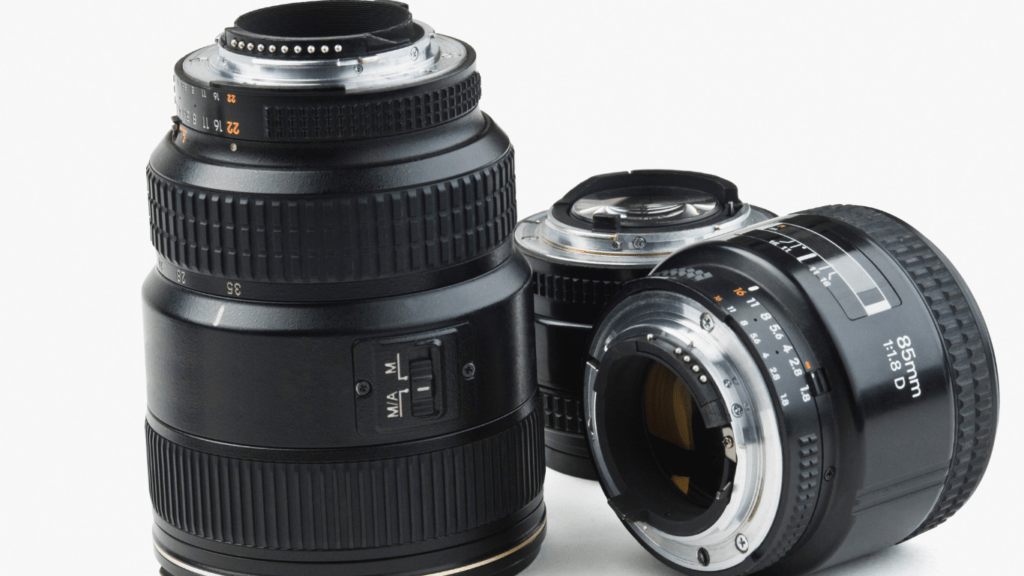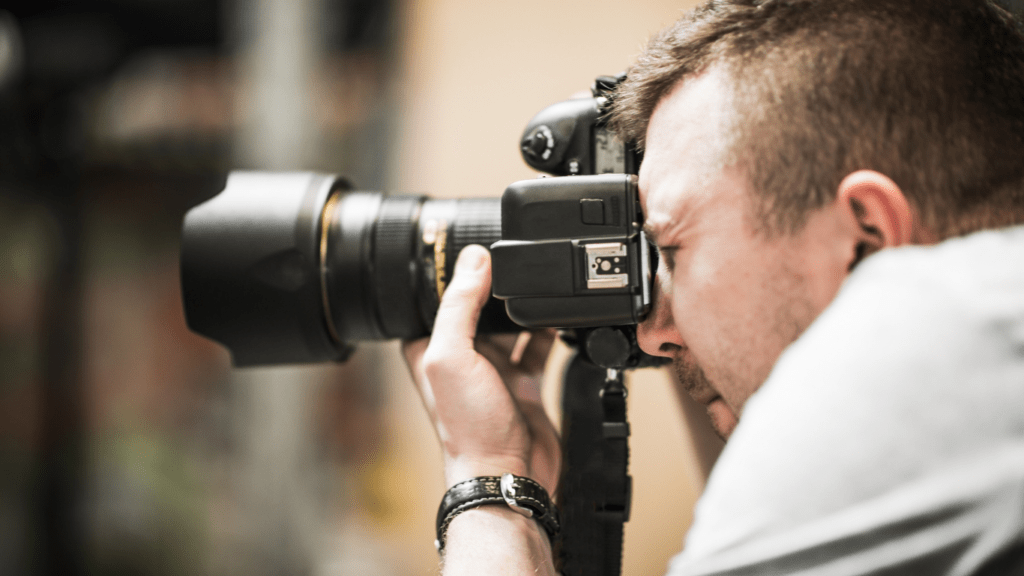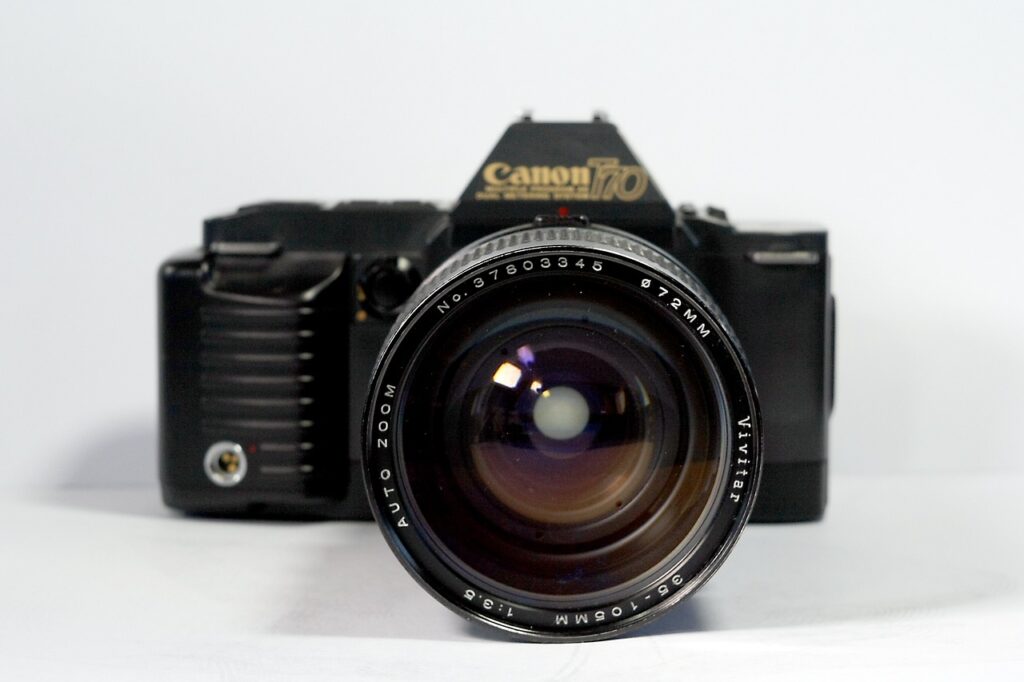As a pro photographer, I’ve always believed the right gear can make or break a shot. Over the years, photography tools have evolved at lightning speed, and by 2025, the advancements are nothing short of mind-blowing. From cutting-edge cameras to smart accessories, every piece of gear in a pro’s kit now serves a specific purpose, enhancing creativity and efficiency like never before.
Essential Camera Bodies
The gear evolution by 2025 brings essential camera bodies that merge cutting-edge technology with robust performance. Professionals can rely on these tools to meet diverse shooting demands.
Latest Mirrorless Cameras
Mirrorless cameras dominate professional workflows with their speed and versatility. I use models like the Sony Alpha 1 and Canon EOS R5, which feature full-frame sensors, 8K video recording, and advanced autofocus systems. With their compact build and electronic viewfinders, these cameras excel in both studio and on-location shoots. High burst rates, reaching up to 30 frames per second, make them ideal for action and wildlife photography.
High-Resolution DSLRs
- High-resolution DSLRs remain vital for photographers seeking reliability and ergonomic design.
- Cameras like the Nikon D850 and Canon EOS 5D Mark IV offer outstanding image quality with over 45-megapixel sensors.
- These models provide excellent dynamic range and low-light performance, making them perfect for portrait and landscape photography.
- Optical viewfinders ensure clear visibility, while robust bodies handle challenging environments.
Must-Have Lenses

Lenses are the backbone of professional photography, allowing creative freedom and technical precision. By 2025, advancements in lens technology provide unparalleled quality for various shooting conditions.
1. Versatile Zoom Lenses
Versatile zooms are ideal for dynamic shooting scenarios. The Canon RF 24-70mm f/2.8L IS USM and Sony FE 70-200mm f/2.8 GM OSS II excel with rapid autofocus and exceptional sharpness. These lenses handle weddings, sports, and events effortlessly. Features like image stabilization improve usability in low-light conditions and for handheld shooting.
2. Prime Lenses for Portraits
Prime lenses provide unmatched image quality and shallow depth of field. The Sigma 85mm f/1.4 DG DN Art and the Nikon NIKKOR Z 50mm f/1.2 S deliver razor-sharp focus, creamy bokeh, and natural colors. Wedding and portrait photographers rely on these lenses for capturing striking details and emotional expressions.
3. Specialty Lenses for Unique Shots
Specialty lenses enable creative and unconventional perspectives. Tilt-shift lenses like the Canon TS-E 17mm f/4L produce distortion-free architectural shots, while macro lenses such as the Sony FE 90mm f/2.8 Macro G OSS focus on intricate subjects like insects and jewelry. Fisheye models, including the Rokinon 12mm f/2.8, add dramatic effects for artistic projects.
Crucial Accessories
Pro photographers in 2025 rely on advanced accessories to support their creative vision. These tools ensure stability, optimal lighting, and efficient data management for demanding shoots.
Tripods and Stabilization Tools
Modern tripods feature lightweight carbon fiber designs for portability, paired with precision ball heads for smooth adjustments. Tools like the Gitzo Systematic Series and Manfrotto Befree Advanced provide unparalleled support for high-resolution cameras. Gimbal stabilizers, such as the DJI RS 3 Pro, offer dynamic stability for video and motion photography, ideal for capturing cinematic shots.
Lighting Equipment
Lighting gear is critical for controlling shadows and enhancing image quality. Compact and powerful LED lights, like the Aputure LS 600d Pro, deliver exceptional light output and color accuracy. On-camera flashes, such as the Profoto A10, combine portability with consistent illumination. For studio setups, softboxes and reflectors ensure even and diffused lighting.
Memory Cards and Storage Solutions
High-capacity memory cards, such as the Sony CFexpress Type B and SanDisk Extreme PRO SDXC UHS-II, handle the large file sizes of 8K videos and RAW images. External SSDs, like the Samsung T7 Shield and SanDisk Extreme Pro v2, provide fast, reliable backup options during shoots. Cloud integration with devices streamlines data access and storage security.
Emerging Technologies in 2025
By 2025, evolving technologies redefine how photographers approach their craft, introducing tools that enhance precision, creativity, and accessibility. Innovations in artificial intelligence and aerial photography significantly impact professional gear kits.
AI-Powered Photography Tools
AI integration transforms cameras and editing workflows, enabling unprecedented levels of automation and efficiency. Cameras like the Sony Alpha AI and Canon Vision R integrate AI-driven autofocus, real-time subject detection, and predictive exposure adjustments. These features ensure sharp, optimally-lit shots in dynamic conditions.
Editing software, including Adobe Lightroom and Luminar Neo, uses advanced AI to simplify complex tasks, like:
- intelligent masking
- auto-retouching
- detailed noise reduction
AI-backed apps, such as Topaz Photo AI, refine images with specialized features, including sharpening and upscaling. These advancements let me focus more on artistic decisions and less on repetitive tasks.
Compact Drone Cameras
Compact drones emerge as pivotal tools for aerial perspectives, combining portability with professional capabilities. Models like the DJI Mini 4 Pro and Autel Evo Nano+ deliver 48MP stills and 4K HDR video, ideal for travel and outdoor shoots. Enhanced collision sensors and AI-powered path planning ensure safe navigation in challenging environments.
Integrated gimbals in drones stabilize footage, capturing smooth, cinematic shots. Advanced features, like real-time object tracking and programmable flight paths, allow drones to follow subjects seamlessly, elevating storytelling potential. These compact designs mean I can carry cutting-edge aerial imaging tools without burdening my kit.




